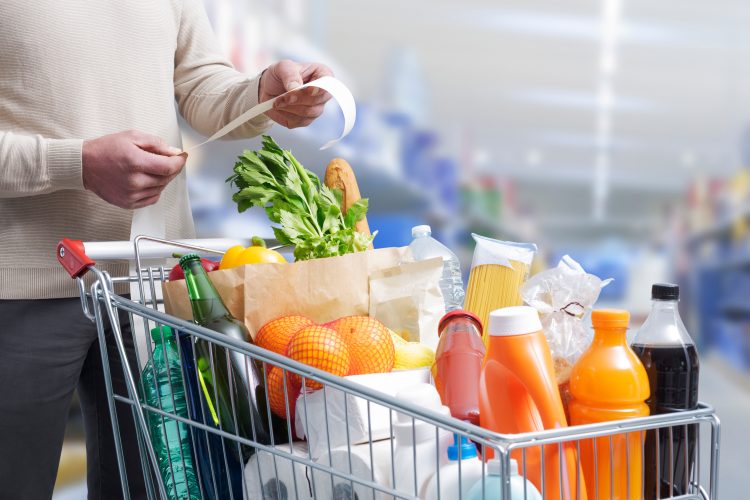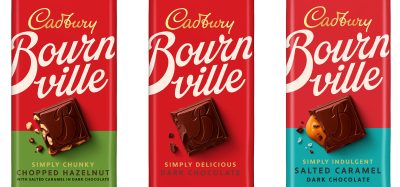Grocery inflation falls to lowest level since 2022
Posted: 20 June 2023 | Grace Galler | No comments yet
According to latest data, grocery price inflation has dropped to its lowest level since 2022, now sitting at 16.5 percent.


Data analytics company Kantar has revealed that like-for-like grocery price inflation has dropped to 16.5 percent – its lowest level since 2022.
It has also revealed that British take-home grocery sales rose by 10.8 percent over the month in comparison with the same period last year.
“This is the lowest rate of grocery price inflation we’ve seen in 2023, which will be a relief to shoppers and retailers,” said Fraser McKevitt, Head of Retail and Consumer Insight at Kantar.
“But prices rising at 16.5 percent isn’t something to celebrate and it’s still the sixth highest monthly figure in the past 15 years. Price rises are now being compared to the increasing rate of grocery inflation seen last summer, which means that it should continue to fall in the coming months, a welcome result for everyone.”
McKevitt highlights that the “ongoing squeeze” is “clearly weighing on the nation’s minds” and, according to Kantar, of the top five financial worries that consumers have, rising grocery prices is “the only one that they are more concerned about now than at the start of this year”.
Kantar found that nearly 70 percent of households are either ‘extremely’ or ‘very worried’ about food and drink inflation compared to just over two thirds when asked the same question in January 2023.
“Savvy shoppers have been continuing to swerve the full force of price increases, with many switching to the cheapest own label lines,” continued McKevitt.
Consumers found to prioritise price over health when food shopping
“Total spending on these value ranges has rocketed by 41 percent compared to last year and retailers have been quick to respond, expanding their offerings to meet demand. This has helped the value tier to become the fastest growing part of the market every month since June 2022.”
McKevitt went on to explain that shopping habits are also being impacted, noting that people are preparing simpler dishes with fewer ingredients. What’s more, consumers have been found to be turning away from oven usage, instead opting for microwave cooking.
“There were four percent fewer meals made using an oven according to our most recent 12 week data compared to the same period last year, while microwaved meals rose by eight percent. We also saw a reduction in hob use and a rise in food prepared with toasters and grills,” said McKevitt.
He went on to note that “the proportion of products sold for £1, the single most popular price for a grocery item, has almost halved in a year from 9 percent to 5 percent,” and recognised this as a “big shift”.
With grocery inflation hitting its lowest level in months, consumers are likely hoping next month’s percentage will be even lower, however, with it still being the sixth highest monthly figure in the past 15 years, there still seems to be a long way to go before grocery prices reach a satisfactory level for consumers.









